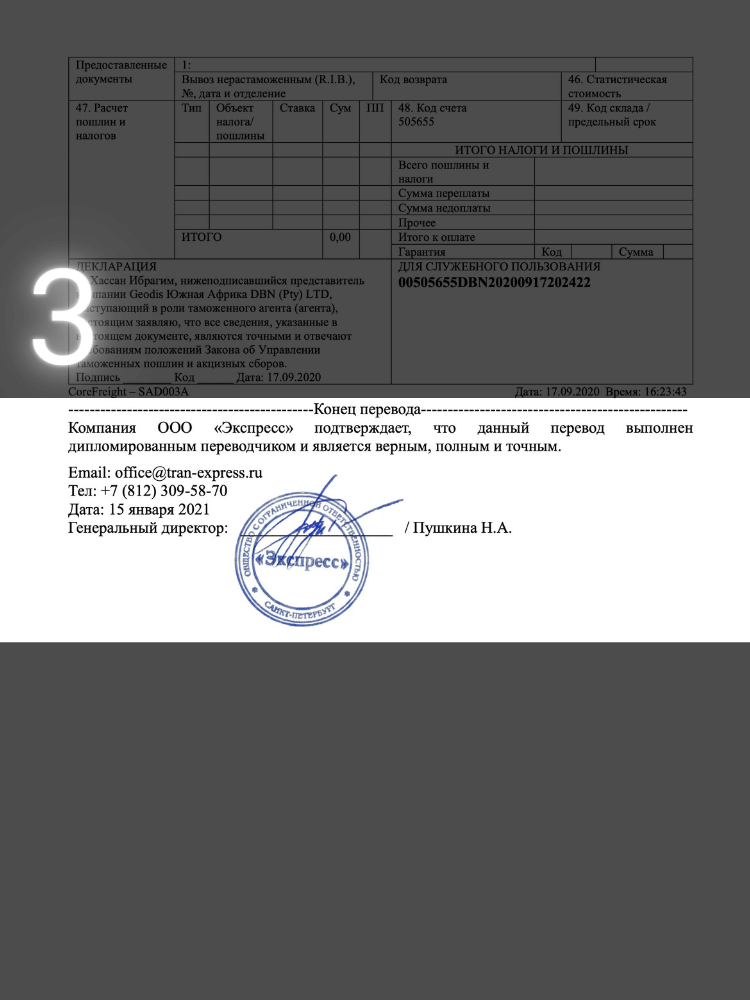We offer two types of translation certification: by a Russian notary or by our company. The decision which type to choose depends on the institution you sumbit your translations to. To cut it short, most govermental institutions require notarized translations, while businesses and banks accept translation agency's certification.
Translation Certification Rates
Translation certification services are charged at a fixed per document rate. There is a discount if you certify two or more documents at once.
Certification by a notary
Certification by our company
How do I know what kind of certification I need?
Usually you don't have to choose how to certify your translation. Most institutions let you know if they have any requirements regarding translations. Just send all the information over to us, and we will handle everything from that point. If there are no requirements tell us where you submit your documents and we will check how we usually translate for them.
Each institution or company can have its own requirements. We do know what kind of certification is usually requested by banks or universities, but there is no guarantee that requirements would be the same in your case. For example, we translate lots of documents for people submitting for visas. Consulates of the US and the UK have not been changing their guidelines for years, while Australia and New Zealand may request some additional information from time to time.
How will a certified translation look like?
The main principle is the same both for a notary certification and for a translation company's certification: the original document and its translation have to be bound together, the translation should feature translator's details, and the overall document has to be signed and sealed.
Example of certificaton by a notary
1. The source document and the translation are bound with a ribbon.
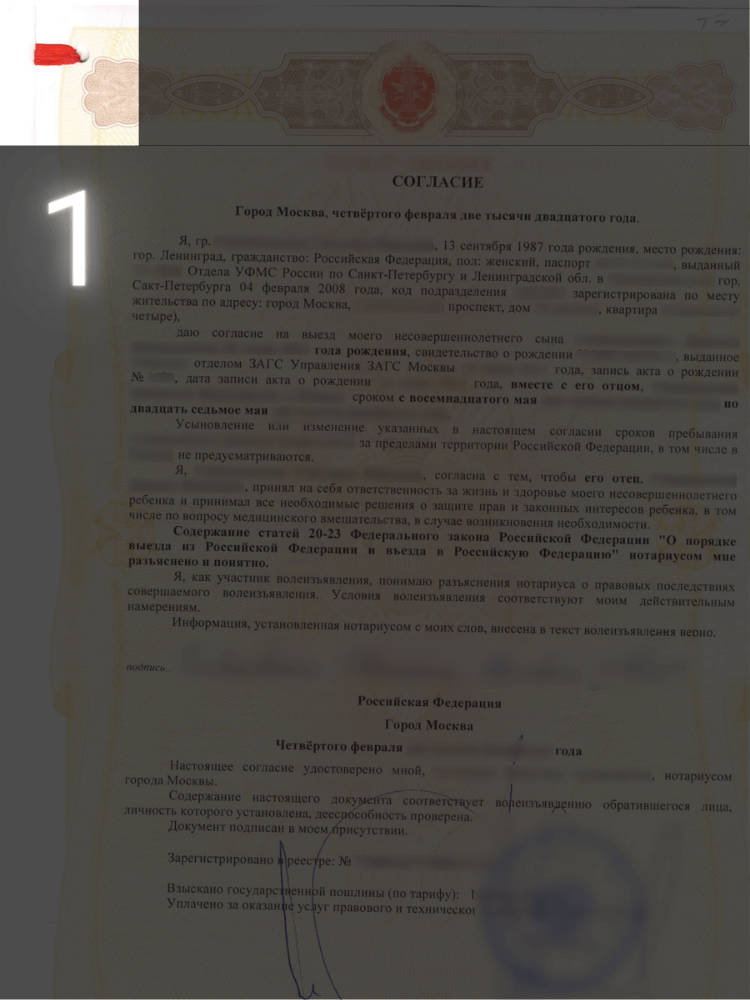
2. We indicate the language pair on the first page of the translation.
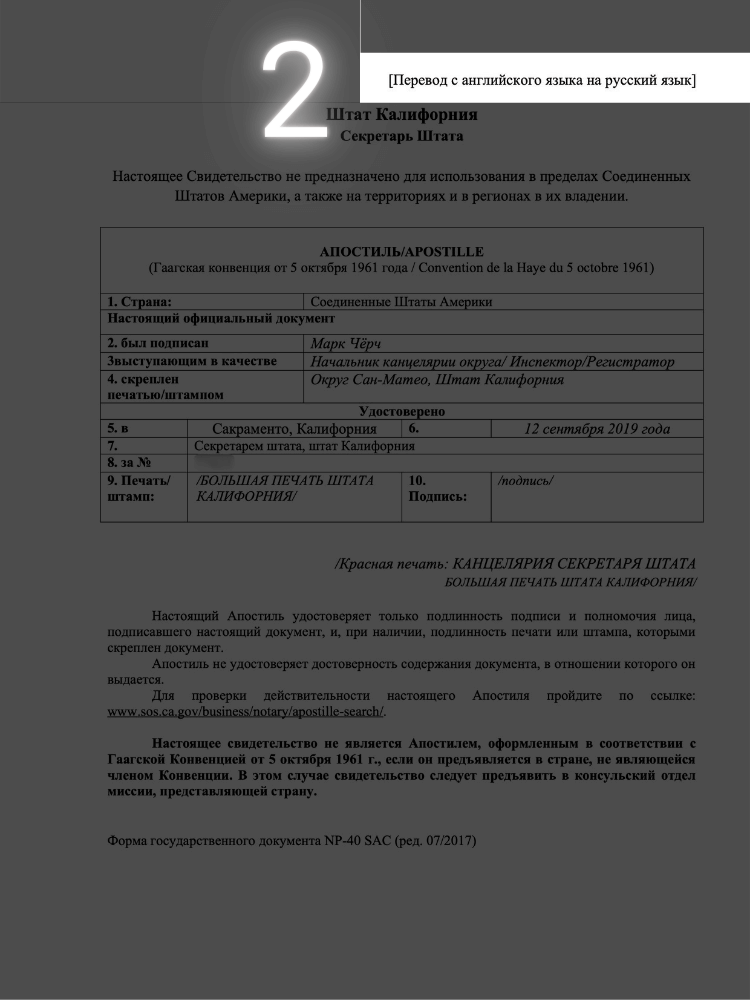
3. A translator inlcludes his/her certification statement.
4. He/She puts down full name and signs the document.
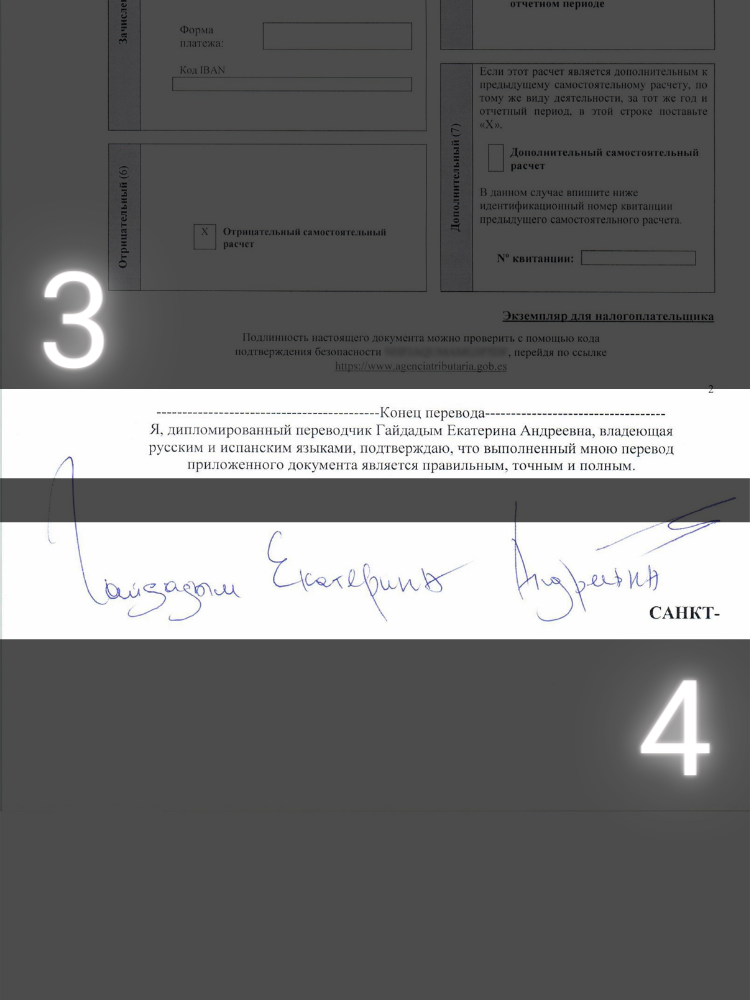
5. The notary adds its certification statement on the back of the last page.
6. The notary signs and seals bound documents.
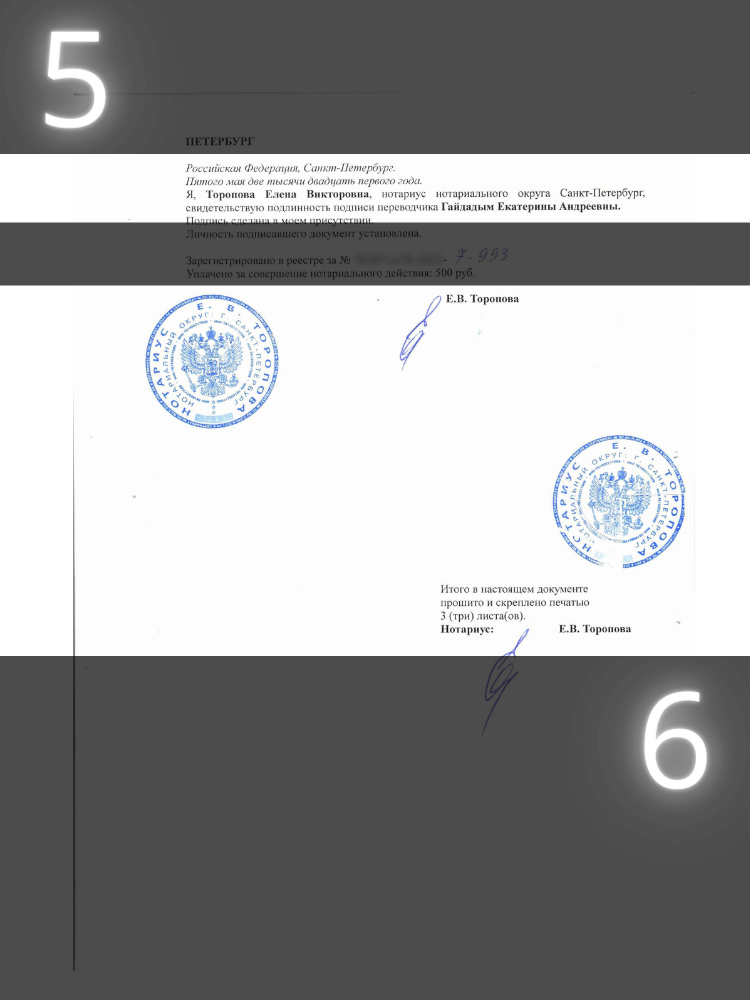
Example of certificaton by a translation company
This kind of certification may be considered as a simplified version of a notary's one. That is why it is cheaper and is delivered faster. It doesn't mean that the translation is illegal or worse in any kind.
1. Company's certification comes as a printed or an electronic document. In case of a printed version the source document and the translation are bound as well, though not with a ribbon, but rather with a regular staple
2. We indicate the language pair on the first page of the translation.
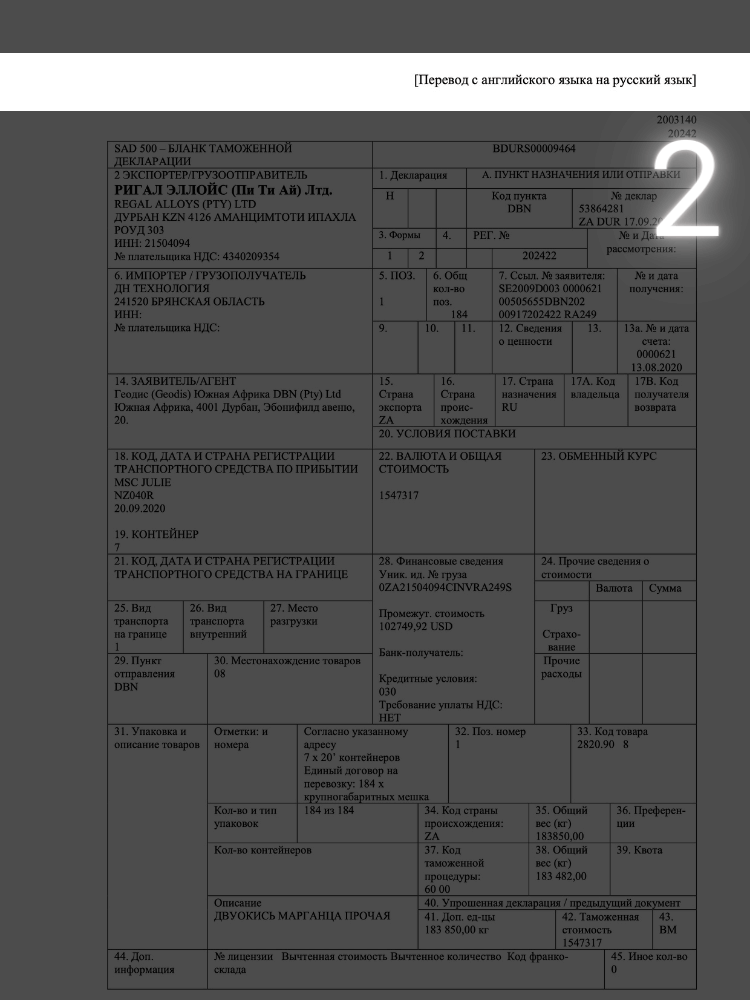
3. A translator inlcludes his/her certification statement. The company's head signs and seals the document.
